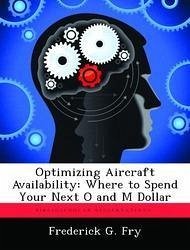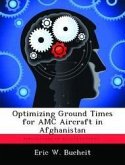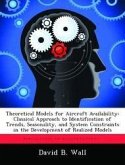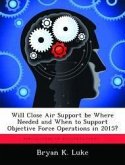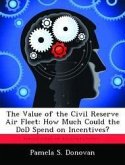In the current fiscally constrained environment, the Air Force must allocate resources where they are most needed and will be most effectively used. For aircraft, this means spending money on weapon systems in a manner that optimizes aircraft availability rates, thereby maximizing the warfighting capability of the Air Force. With that in mind, this thesis endeavors to improve the analytical capability of the Air Force by demonstrating a definitive link between operations and maintenance (O and M) spending and aircraft availability rates. In order to do that, explanatory regression models are developed that show the relationship between O and M spending and AA rates, while controlling for as many other significant variables as the data allow. Ultimately, this research was unable to show that aircraft availability rates are significantly influenced by changes in O and M spending; however, suggestions for future research and potential policy implications are discussed.

